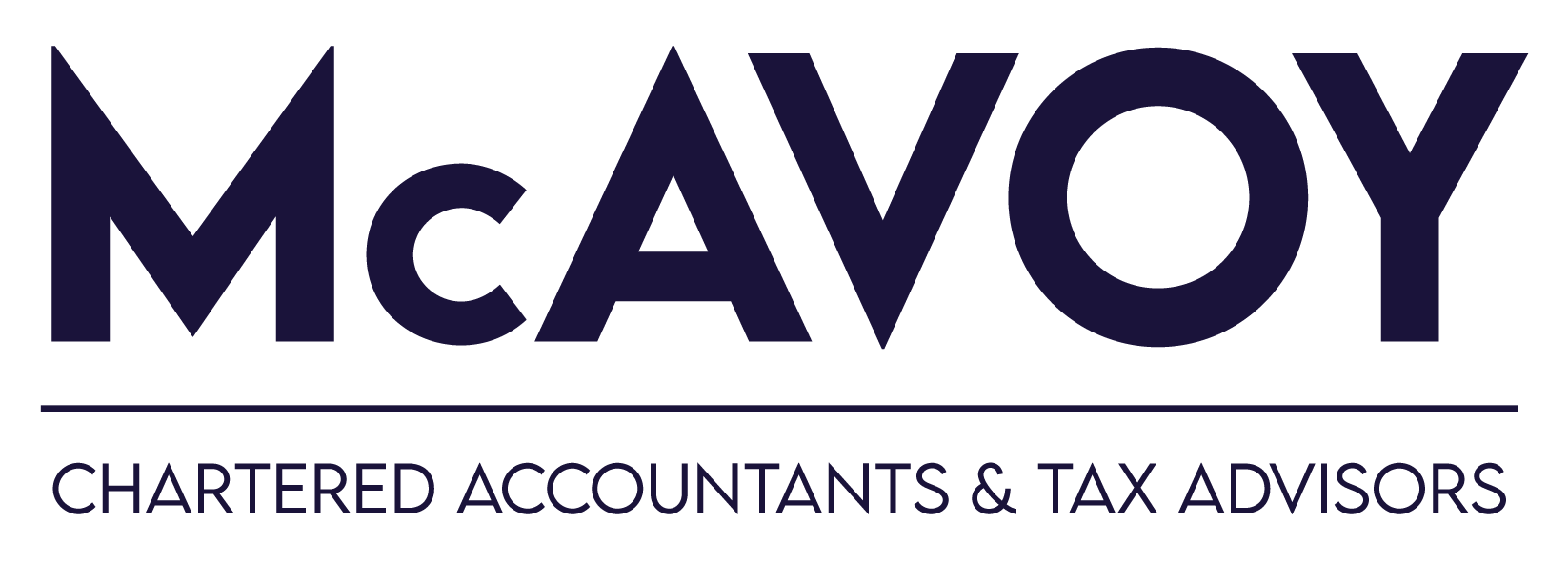“I’m working all the hours God sends and we are genuinely busy. But when I received the accounts for the business I nearly fainted. Profits are nowhere near what I thought they would be. I’d be better off as an employee. What am I going to do?”
It’s not uncommon to hear a counsel of despair such as this. But unless the business owner can get to the root of his or her problem things will only get worse.
What’s the reason for the lack of profitability?
In most businesses the problem lies with the relationship between sales and costs. Usually sales are too low or the costs are too high. In other cases the problem is inefficiency of process. Whatever the problem it pays to spend some time on identifying it before even thinking of remedial action.
If the Problem is Lack of Sales
Have you Focused on your Existing Customers?
The fastest and cheapest way to attract a new customer is to nurture relationships with your existing customers. Unfortunately while most repeat customers are highly satisfied with what you offer, they do not consider that a referral would be of benefit to your business.
Don’t be afraid to ask them for a referral. If they are happy with you then they’ll have no issue to pass on your details to their friends and contacts. A referral is the highest compliment a customer can give a business. It also happens to be one of the most cost effective forms of marketing in existence.
Are you Making Use of all your Opportunities to Upsell and Cross-sell?
Convincing a customer to make that initial purchase is the hard part, getting them to purchase more or a higher version is a lot easier. Consider ways that you can encourage customers to move to a premium, higher-margin product (upselling), or to take an additional complementary product (cross-selling).
All staff should be looking for potential opportunities for upselling and cross-selling. This method should be instilled into the company’s marketing plans.
The well-known McDonalds phrase “Do you want fries with that?” is one of the most effective marketing tools in existence.
If the Problem is that your Gross Margins are lower than your Competitors’
Do you need to Increase your Prices?
While this sounds like the obvious way to increase your profits, some businesses are afraid to increase their prices for the fear of losing customers, even after their suppliers have increased theirs.
Even small increases can have a significant difference on your profitability. If you raise prices by 2-3% per annum it will still allow you to operate competitively.
If your products and services are of good quality and your staff are knowledgeable, friendly and helpful, a small increase in the overall price will not drive your customers away.
Have you done a Contribution Analysis on your different Products / Services Offerings?
Businesses that offer a range of products or services can often get distorted figures when performing a margin analysis.
Under-performing products can be masked by higher margin products when average figures are analysed. The profit margins on each individual product/service offered should be reviewed regularly to understand which ones are most profitable.
You may need some help to carry out a contribution analysis, but once you’ve done this you’ll have a very valuable insight into the relative profitability of your products or services. Use this knowledge to divide your products/services into 4 separate categories Mcavoy:
- Those with a high volume of sales and high profit margins – these are the most sought after sales and should be minded where possible.
- Those with a high volume of sales but low profit margins – consider a review of the associated costs or an increase in the selling price.
- Those with a low volume of sales but high profit margins – these are the category that should be targeted for improvement
- Those with a low volume of sales and low profit margins – unless these are used to attract customers to purchase the other categories consider dropping them altogether.
If the Problem is Lack of Efficiency
Are you Getting the Best out of your Employees?
The whole process of recruiting and training new employees is exhaustive and costs money.
Once you have recruited the right people, take the steps to motivate, reward and retain them.
While it doesn’t necessarily mean you have to offer salaries above industry norms, small changes like flexible hours, bonuses for making sales targets or even something as simple as serving fruit or scones in the office will help your staff feel appreciated.
Over the long run, the fact that you have engaged, knowledgeable and happy employees will lead to increases in your bottom line. If your employees feel valued and pleased in their work, they are more likely to increase productivity and provide assistance with any sales and marketing strategies.
Are you Using E- Commerce to your Best Advantage?
Consumer shopping behavior has changed drastically over the last decade. More and more people are using the internet and even social media to research and review before they purchase.
Key social media platforms like Facebook, Instagram, Linkedin, Pinterest, etc., should be used to both network with your existing customers and attract new customers. Social media also helps you get personal with your audience and genuine engagements with them will lead to long-term relationships.
Have you Reviewed all your Service Contracts?
A review of all your long-term service contracts on an annual basis will allow you make informed decisions on whether you are getting the most competitive rates around.
These would include your annual insurance policies, telephone and energy suppliers, computer software licenses, maintenance contracts, etc.
Although this process may take some time to perform, the savings can be significant. Engaging the services of a broker to look after your negotiations can sometimes save a lot of money and effort.
Have you Evaluated your Plant & Equipment
If your business is using outdated or low-performing equipment it can affect your production and efficiency. With improvements in technology and engineering, having cutting-edge equipment can make or break the success of your business.
Leasing rather than purchasing business equipment allows you to conserve working capital and offers the flexibility to trade up to new equipment when needed. Simply make payments over time as opposed to depleting liquidity to buy the equipment outright.
How We Can Help
Shane Carroll is our Director of Business Advisory Services. He has worked on a great number of profitability studies in a wide variety of industries.

